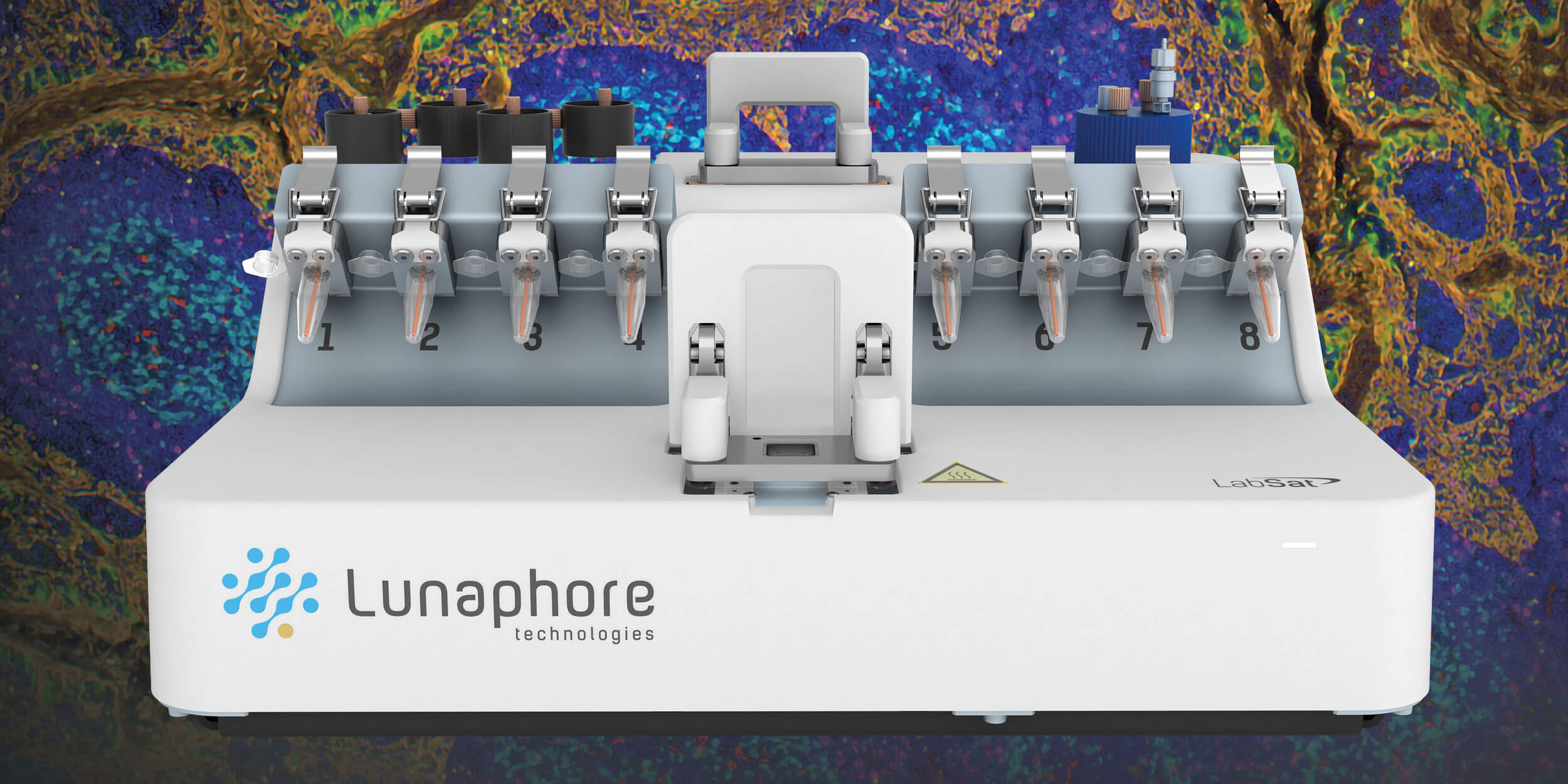Collaborate or Die
In the pharma industry of the future, only the strongest companies will survive – and that means those with the most successful collaborations.
The pharma industry is increasingly embracing a more open, collaborative approach. Pre-competitive partnerships in life science R&D are now commonplace and significant efforts are already being made by major industry players to work more closely together. The Pistoia Alliance is one example, but when researching our ongoing Map of Alliances effort, I was surprised to find that there are over 100 such alliances currently in existence. There are probably several hundred more that we will come to know about in the weeks and months ahead. As such, it is apparent that there is no shortage of enthusiasm in our sector to create these collaborations and, given the numbers in existence already, no lack of opportunity to join existing ones.
I wonder if we really need 100+ industry alliances, each with their own membership structures, legal due diligence, management overheads, and ancillary costs. Does the proliferation, in some way, parallel the academic world of grant funding, where novel research projects and collaborations attract the majority of the money available, leaving established programs to struggle to attract cash for sustainability? Or perhaps new alliances are spawned on a regular basis because there is simply not enough information out there to allow industry players to identify, communicate with, and channel their efforts into existing organizations? Or are the alliances themselves at fault by being too inflexible? Should they do more to help organizations that are an 80 percent fit reshape themselves to join an existing alliance, rather than start a new alliance from scratch?
When I look at this vast and complex landscape of industry collaborations, I cannot help but think that alliance consolidation is not just desirable but highly probable. The strongest alliances will be the ones that survive. They are the ones that produce tangible outputs of clear value and are flexible enough to adopt multiple parallel work streams that keep a broad range of their membership actively engaged. They have strong, clear legal structures and processes to protect their IP and that of their members, as well as streamlined, agile leadership that know how to extract every last drop of value from the resources available to them. All that is needed to support them is a willingness from industry to focus their efforts on making the best use of what is already available.
Strong alliances benefit the entire industry, not just their own membership. Those that are focused on long-term strategic change can have wide-ranging impact, helping to straighten out the bends on the road to better healthcare. That’s not to say shorter-term tactical solutions are not important, but that real change and greater value is delivered when the focus is on the bigger picture. Industry has to be careful to maintain the pre-competitive nature of the work carried out through these alliances, yet by working together we can achieve so much more than by going it alone.
Many of today’s alliances, arguably including the strongest of the bunch, eventually publish all their work openly for the benefit of industry and society as a whole. It can be tempting to simply wait for this to happen instead of taking an active part in the development of that output. But I don’t believe that’s a valid approach; why let someone else determine the success parameters and design criteria of something that will ultimately be critical to your own success – especially when you could be in there from the start, giving your input and helping towards an acceptable compromise on the specification and delivery?
Any industry player that claims to be an R&D collaboration thought leader needs to be able to translate those thoughts into identifiable actions, to turn innovation into results, and transform conversation into implementation. Through active membership in a strong, pre-competitive alliance that has its eye on the strategy of the future, all this and more is possible.

Richard Holland is Executive Director, Operations, Pistoia Alliance, UK.















